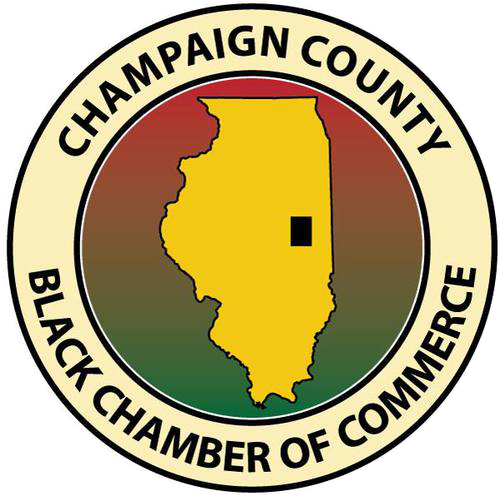Where We Left Off
If you have been following this series, you have seen a series of investment returns and their correlation with inflation, either positive or negative (most have been negative). In Part Four, I noted that we would next take a look at Consumer Staples companies’ returns since they are widely believed to be a safe haven during inflation because they have pricing power on items that you have to buy no matter what, and can pass along increases in the cost of production to consumers, they are insulated from negative correlation. Below are a series of companies and their correlation graphs.
Procter & Gamble

Definitely a negative correlation for this maker of stuff we have to use everyday.
Coca Cola Co

Definitely a negative correlation for this maker of one of the world’s favorite beverages.
Kellog Co

Definitely a negative correlation with this cereal and packaged food giant.
Molson Coors

Definitely a negative correlation for this leading beer producer.
Implications
Looking at the data, it certainly does not appear that Consumers Staples companies are a safe investment during times of inflation. There are a number of reasons why the data could be skewed (e.g., the impact of mergers and acquisitions, impact of accounting rule changes, financial health of the consumer, consumers’ substitution of generic and store brands for higher priced name brands, etc.) and that this time it could be different. However, given what we see in the data, caution seems to be warranted.
What’s Next
Financials seem to be a good place to move for the next analysis. Higher inflation has historically led to higher interest rates, which are positive for banks’ net interest margin and bottom line earnings. Intuitively, we would expect to see a positive correlation between banks’ returns and inflation. Given that intuitively we expected to see a positive correlation between Consumer Staples and inflation given their pricing power over goods we must buy, it will be instructive to see how it plays out.
—Mark


